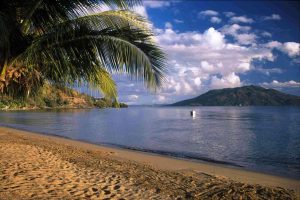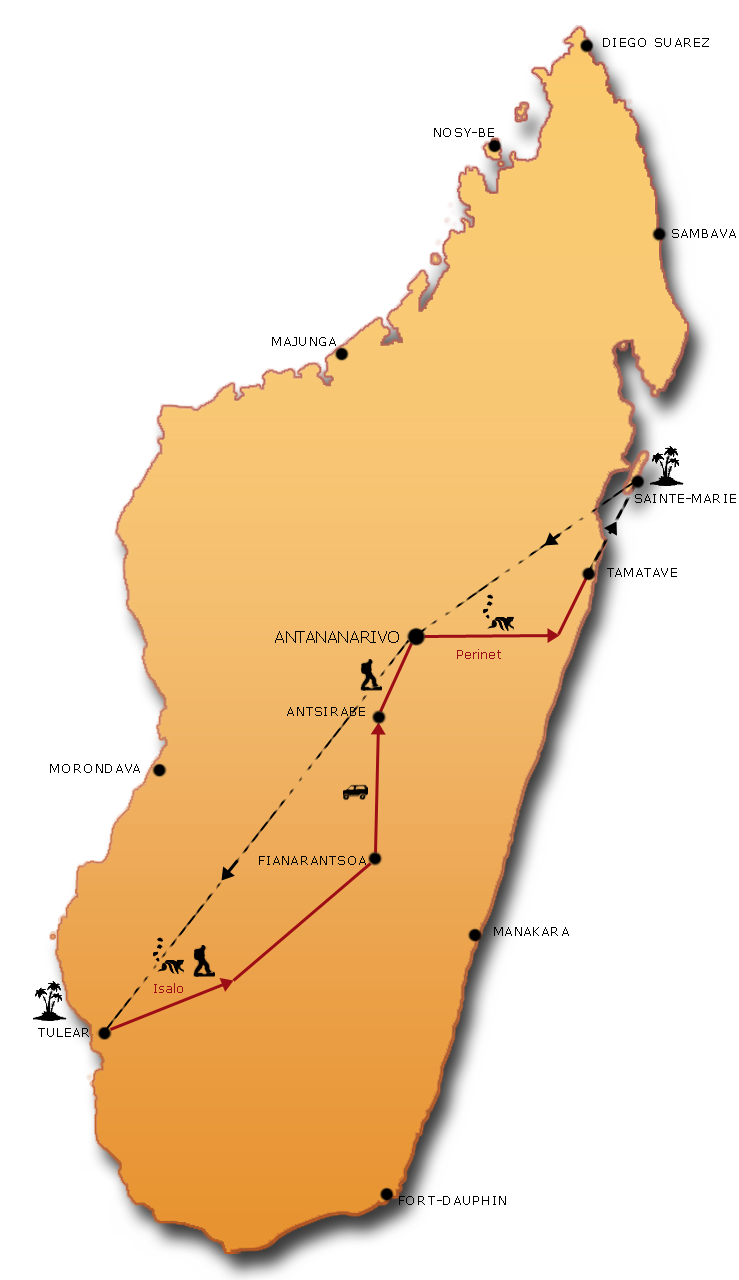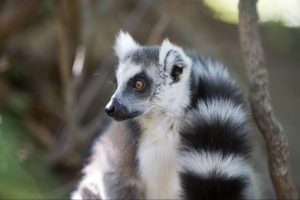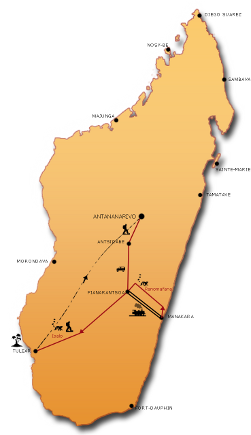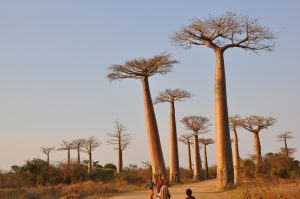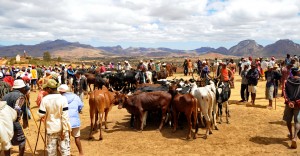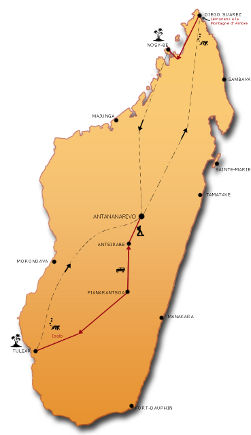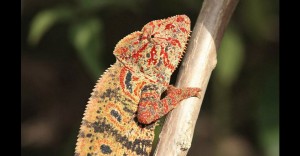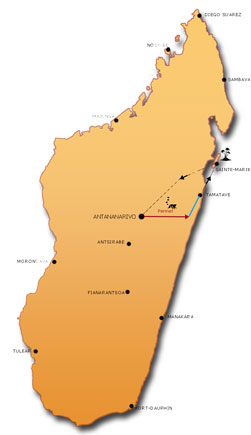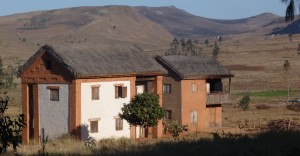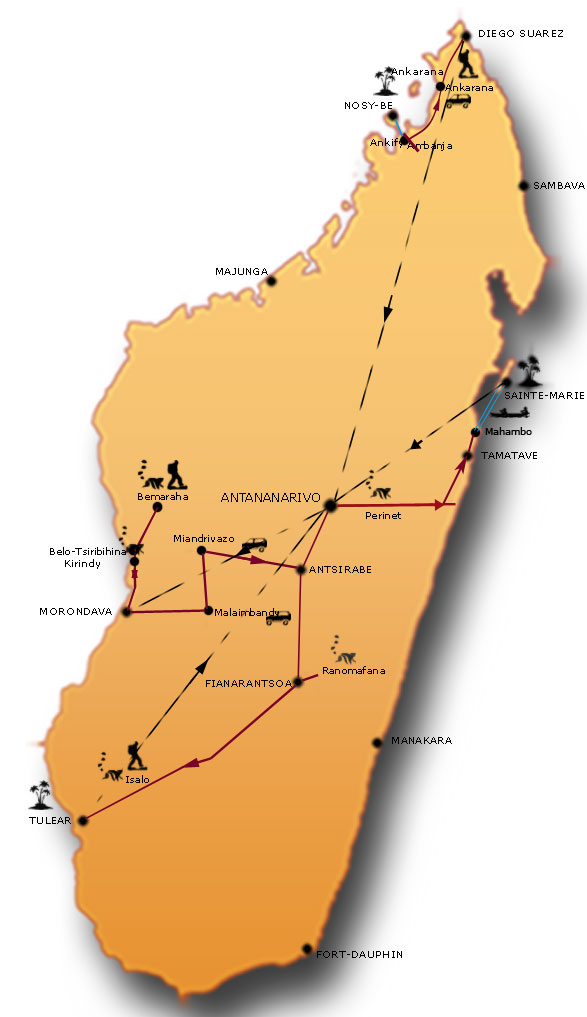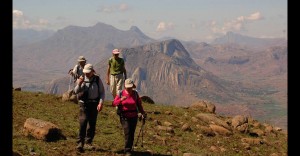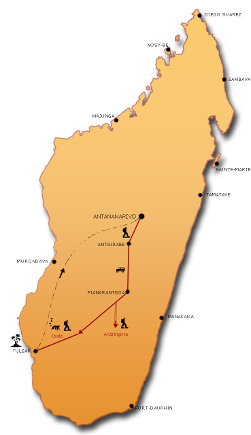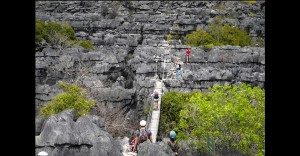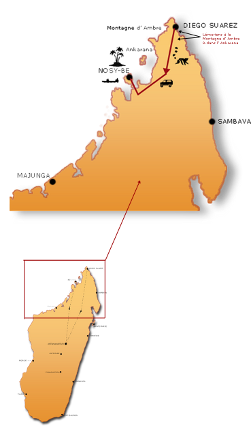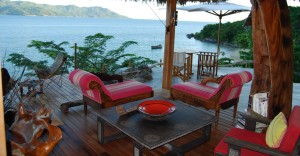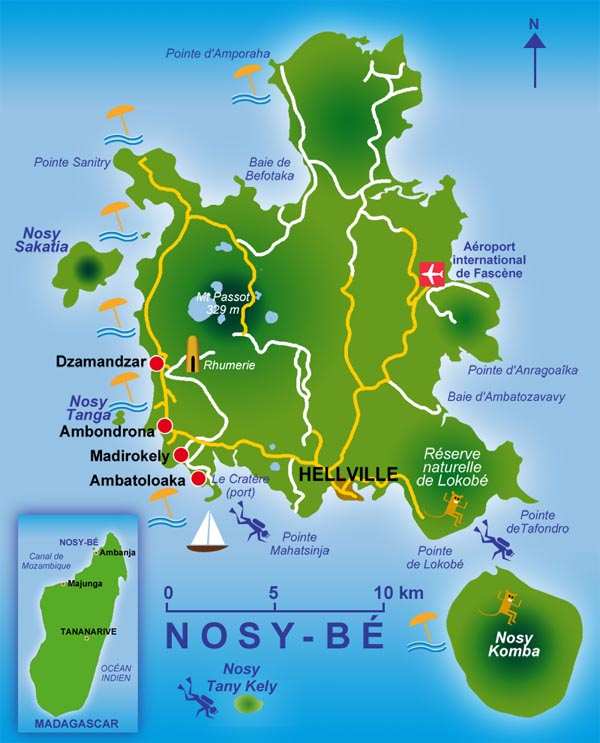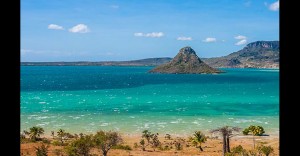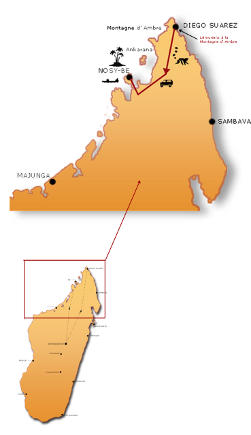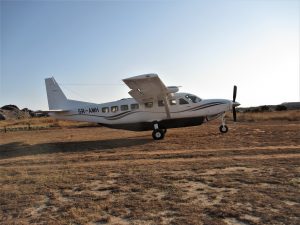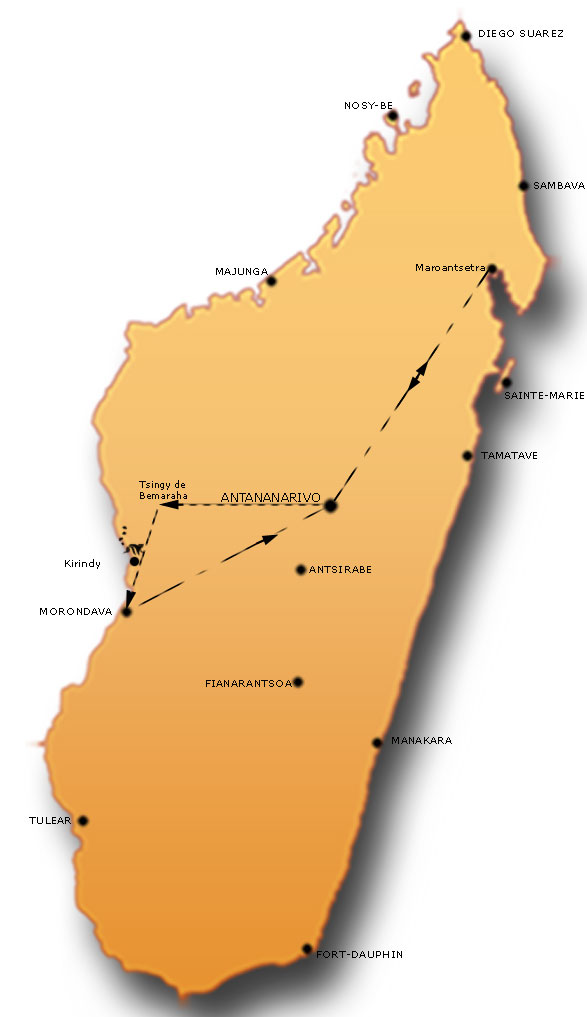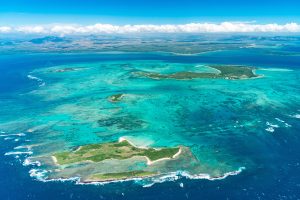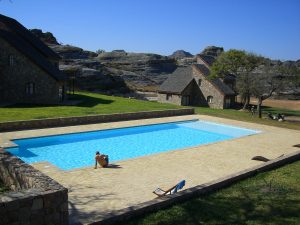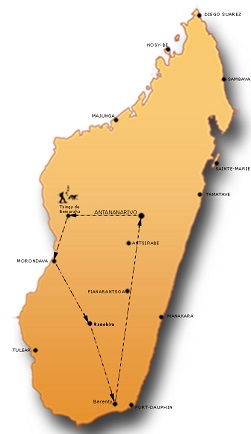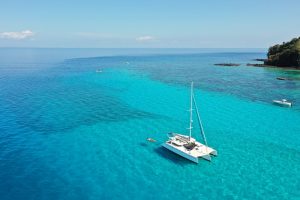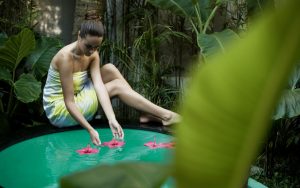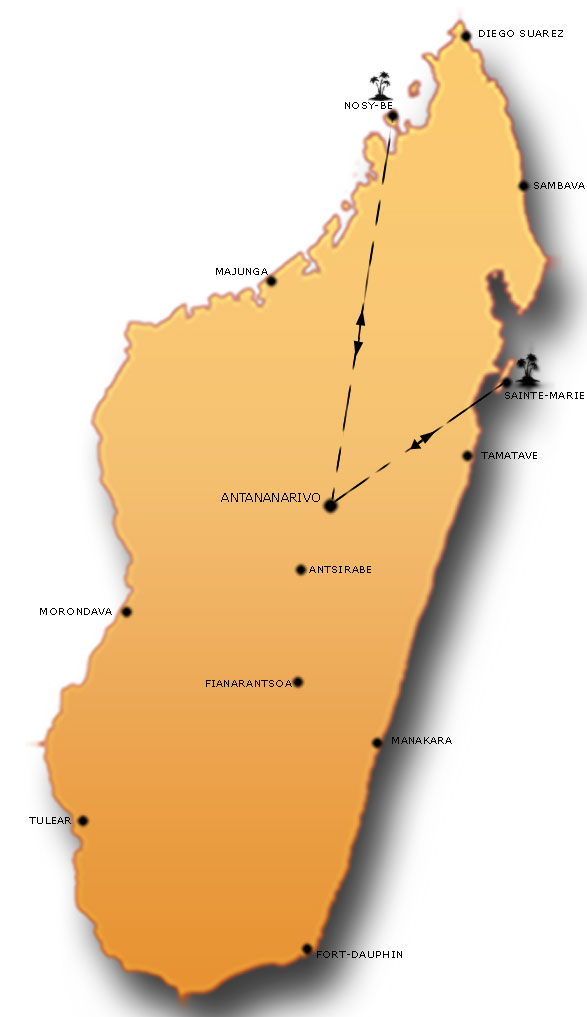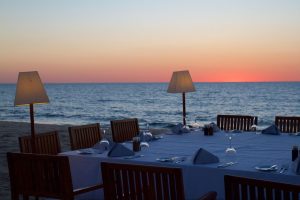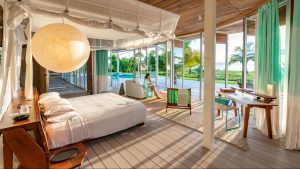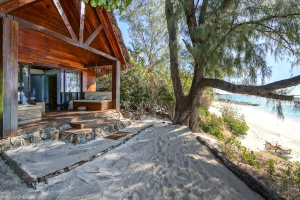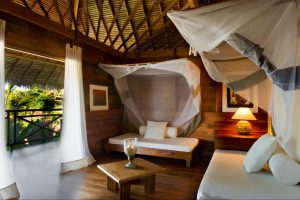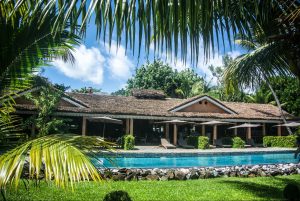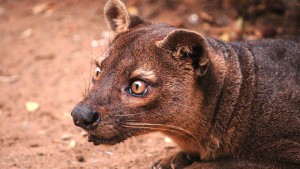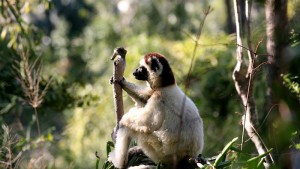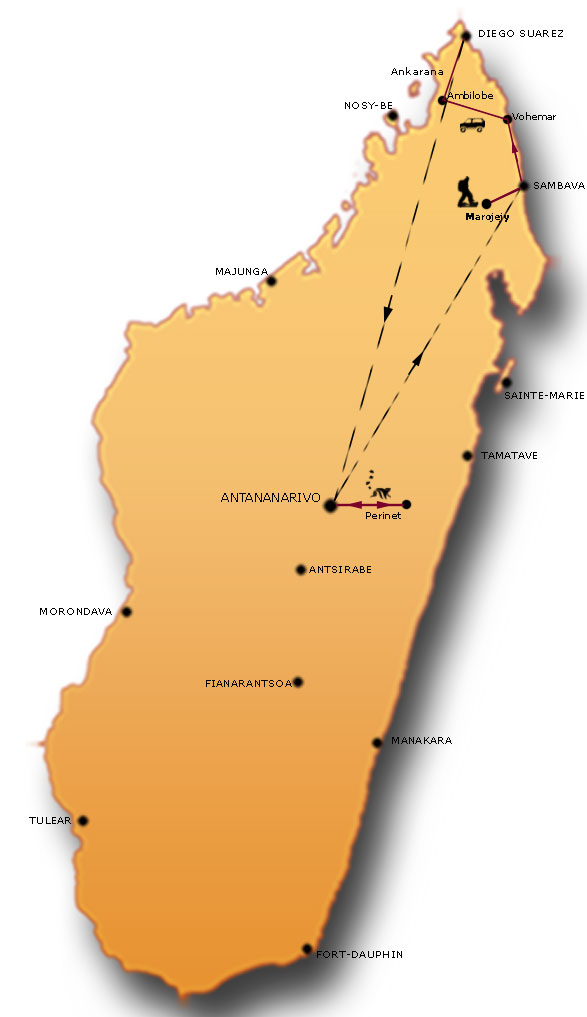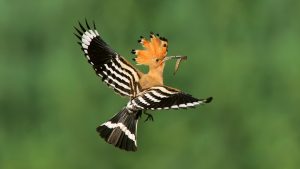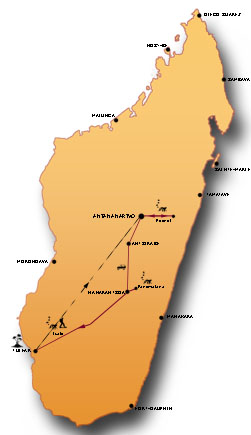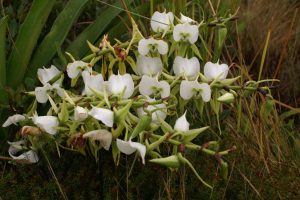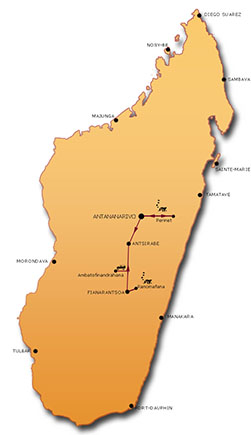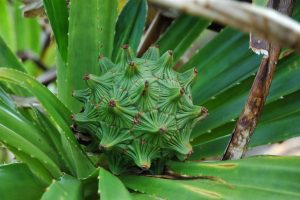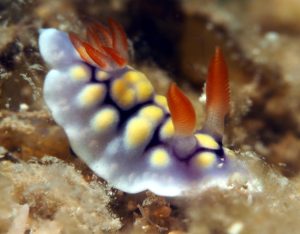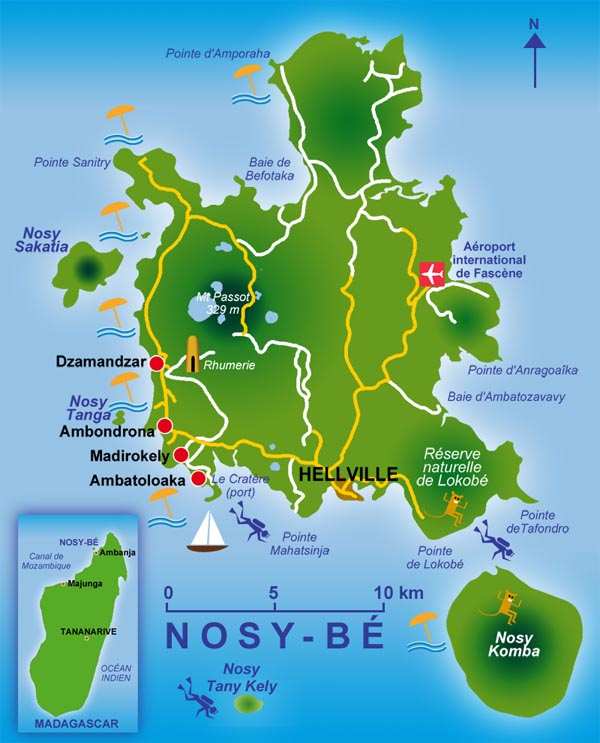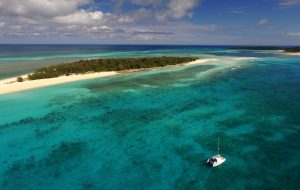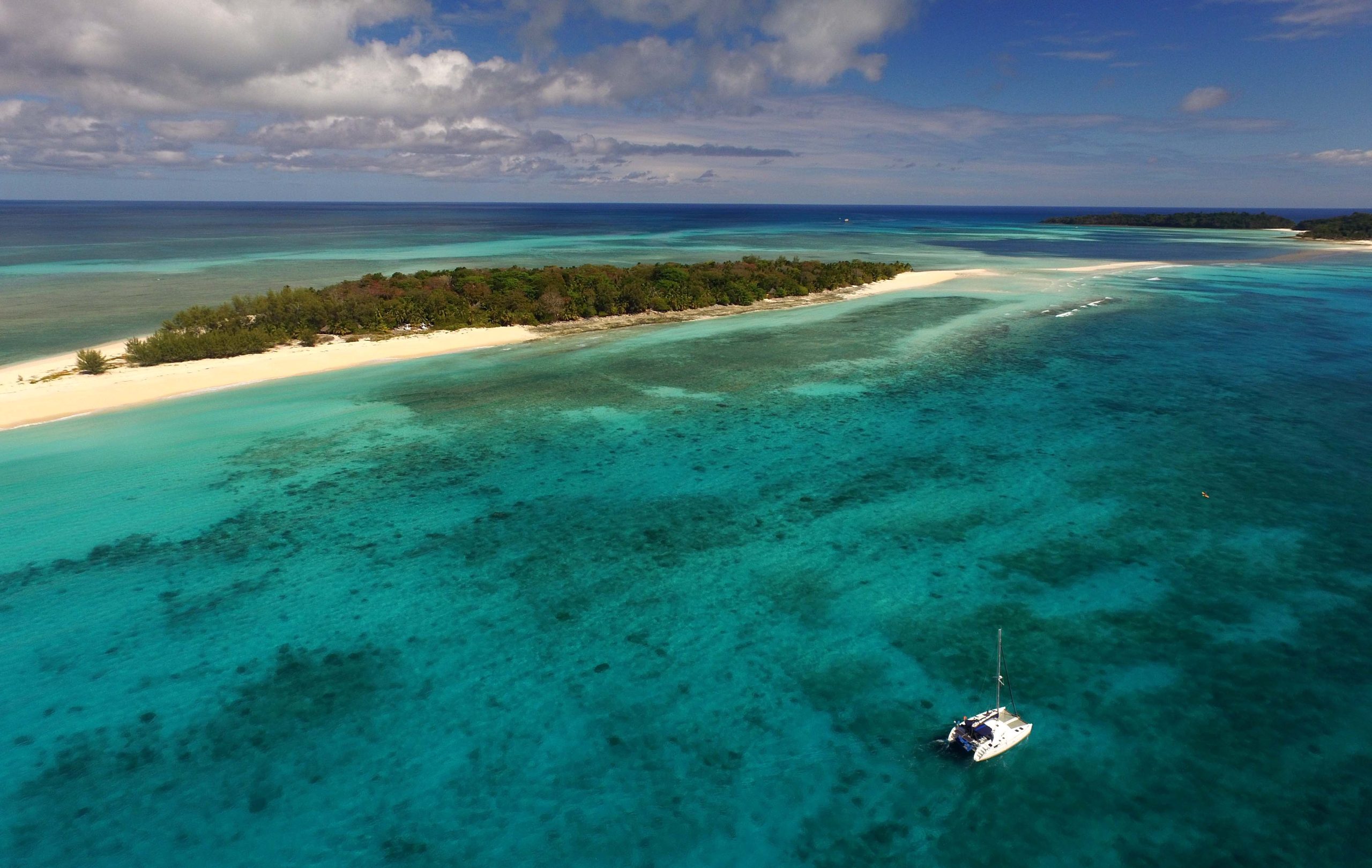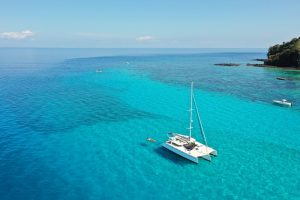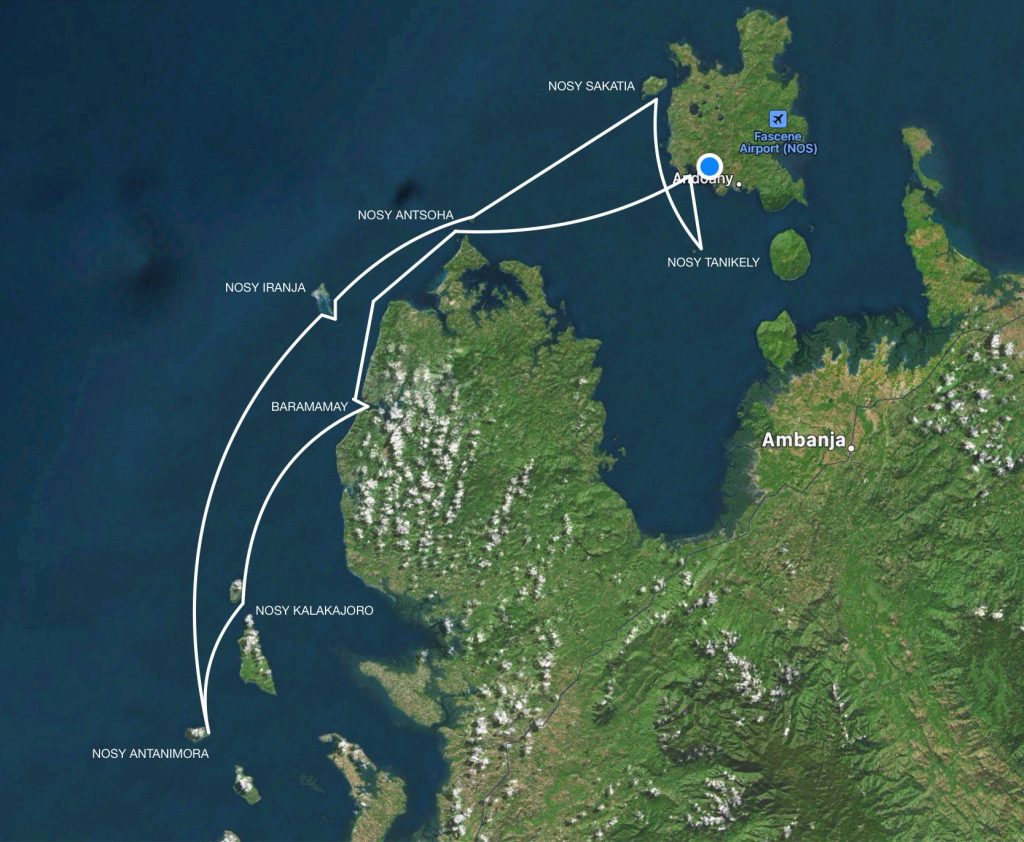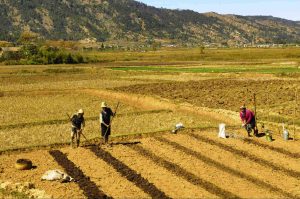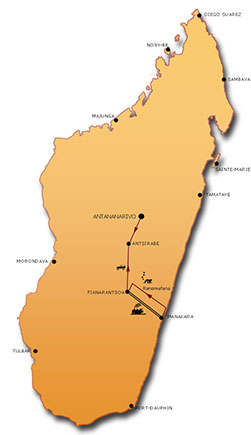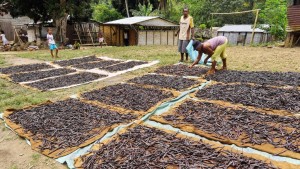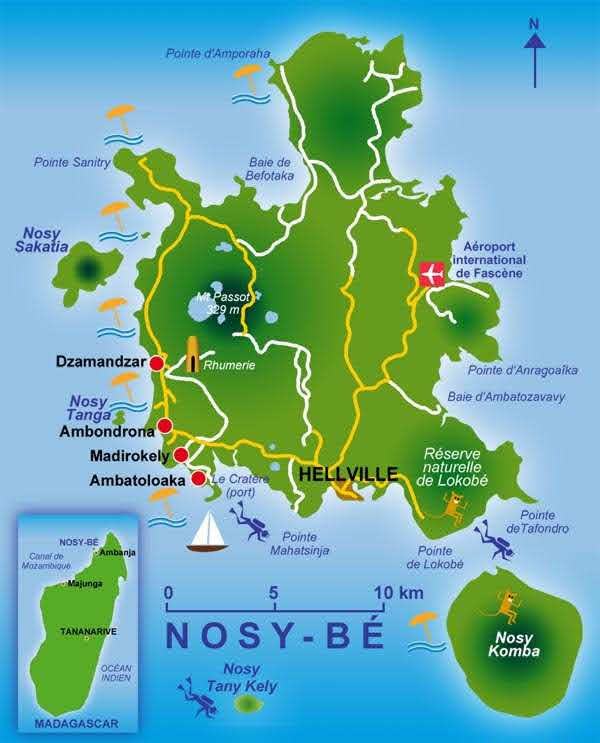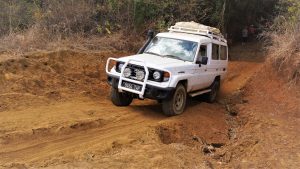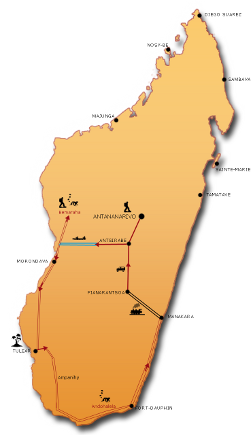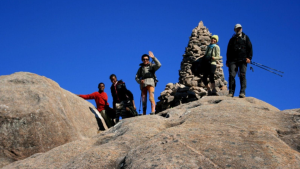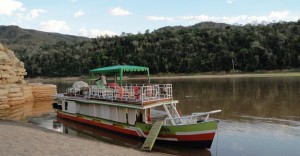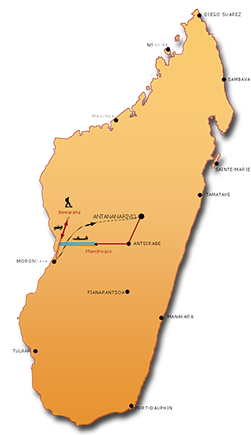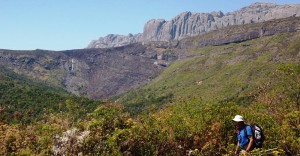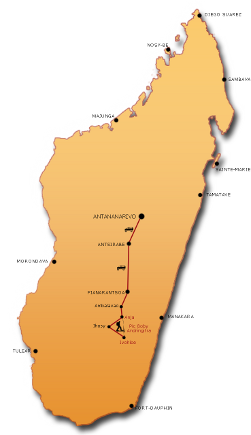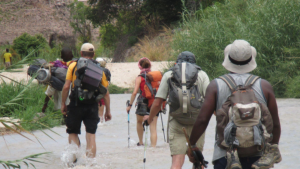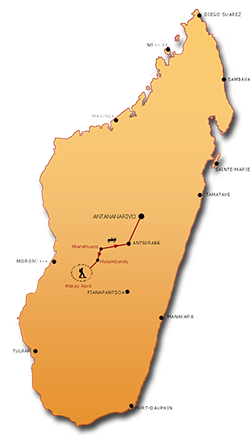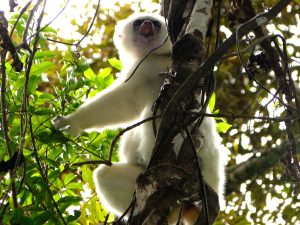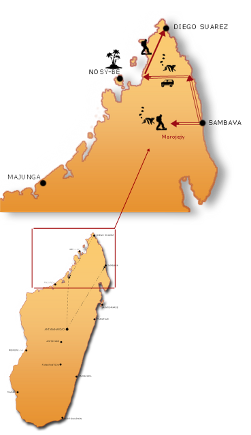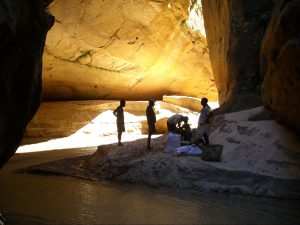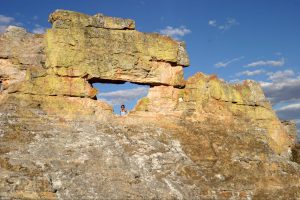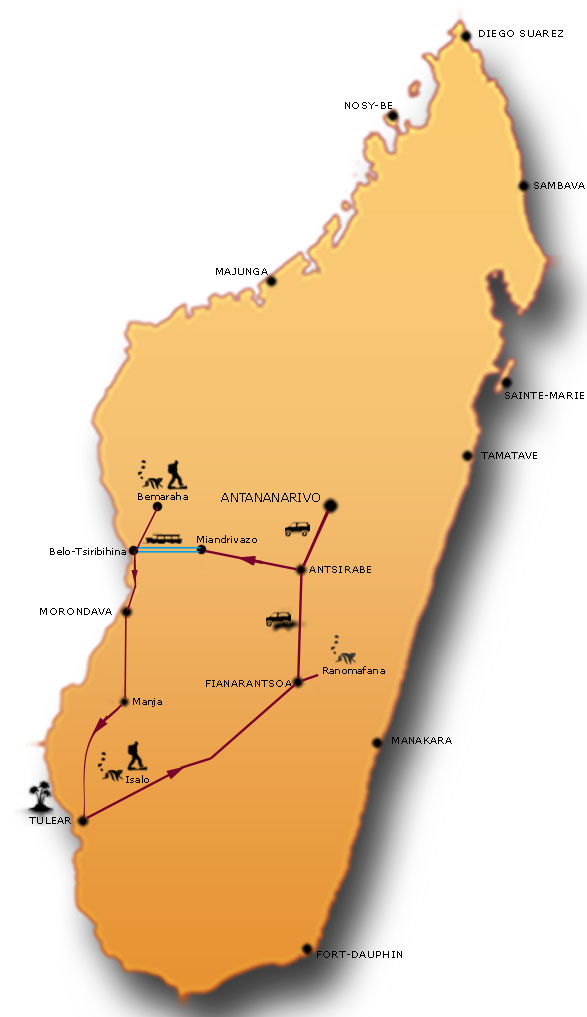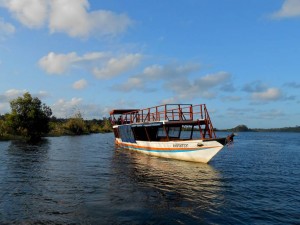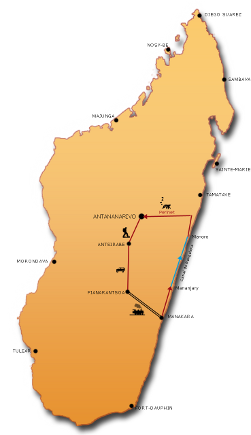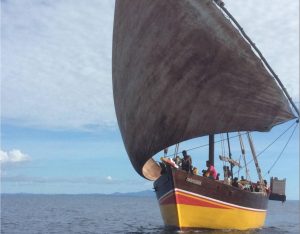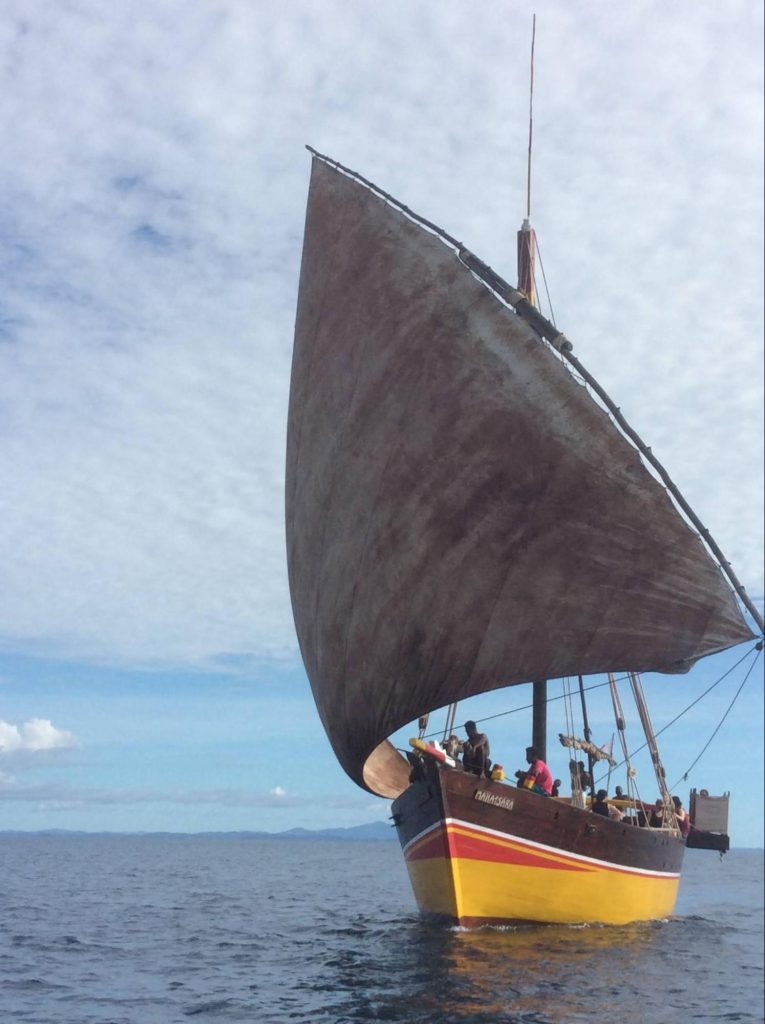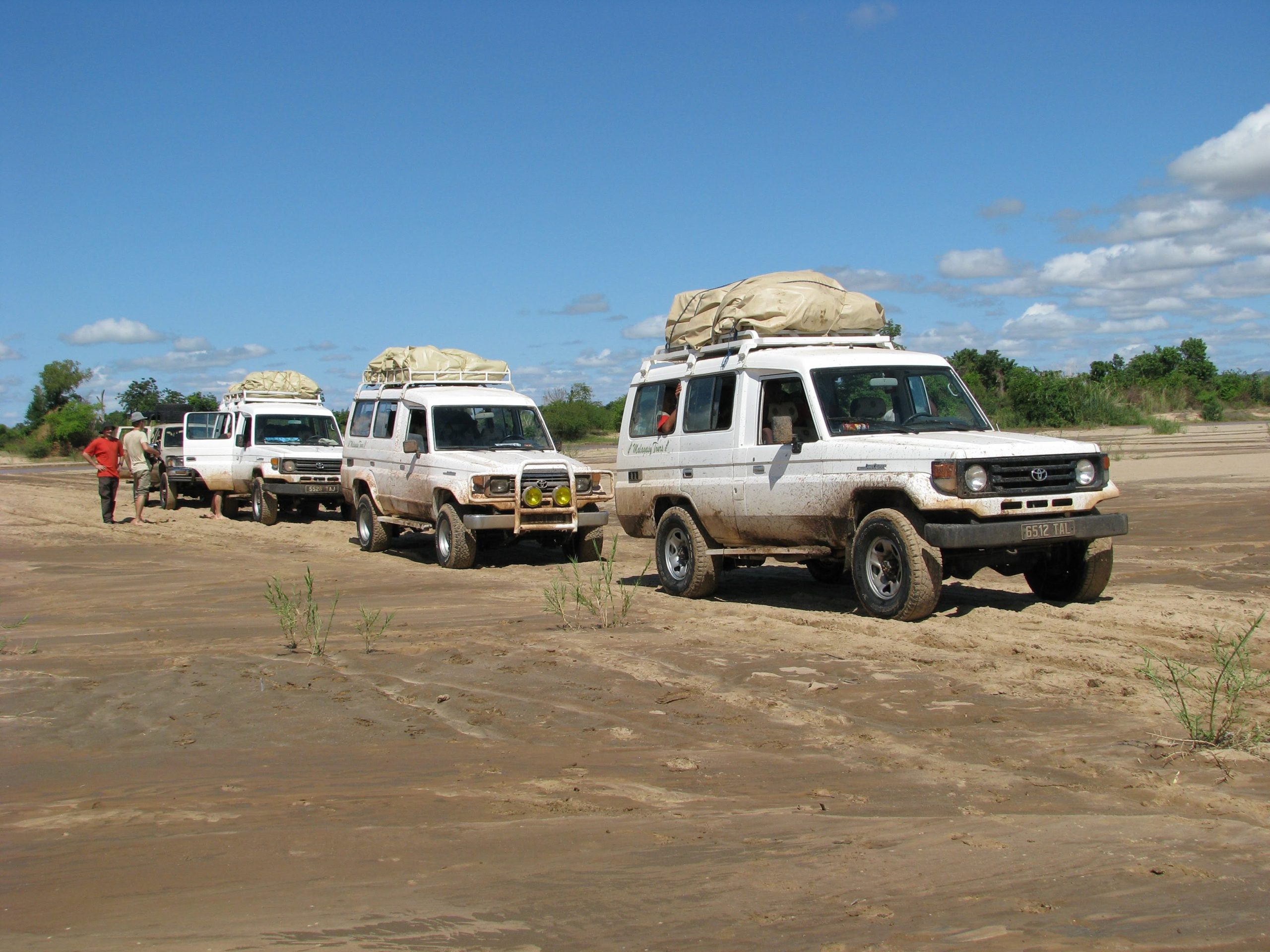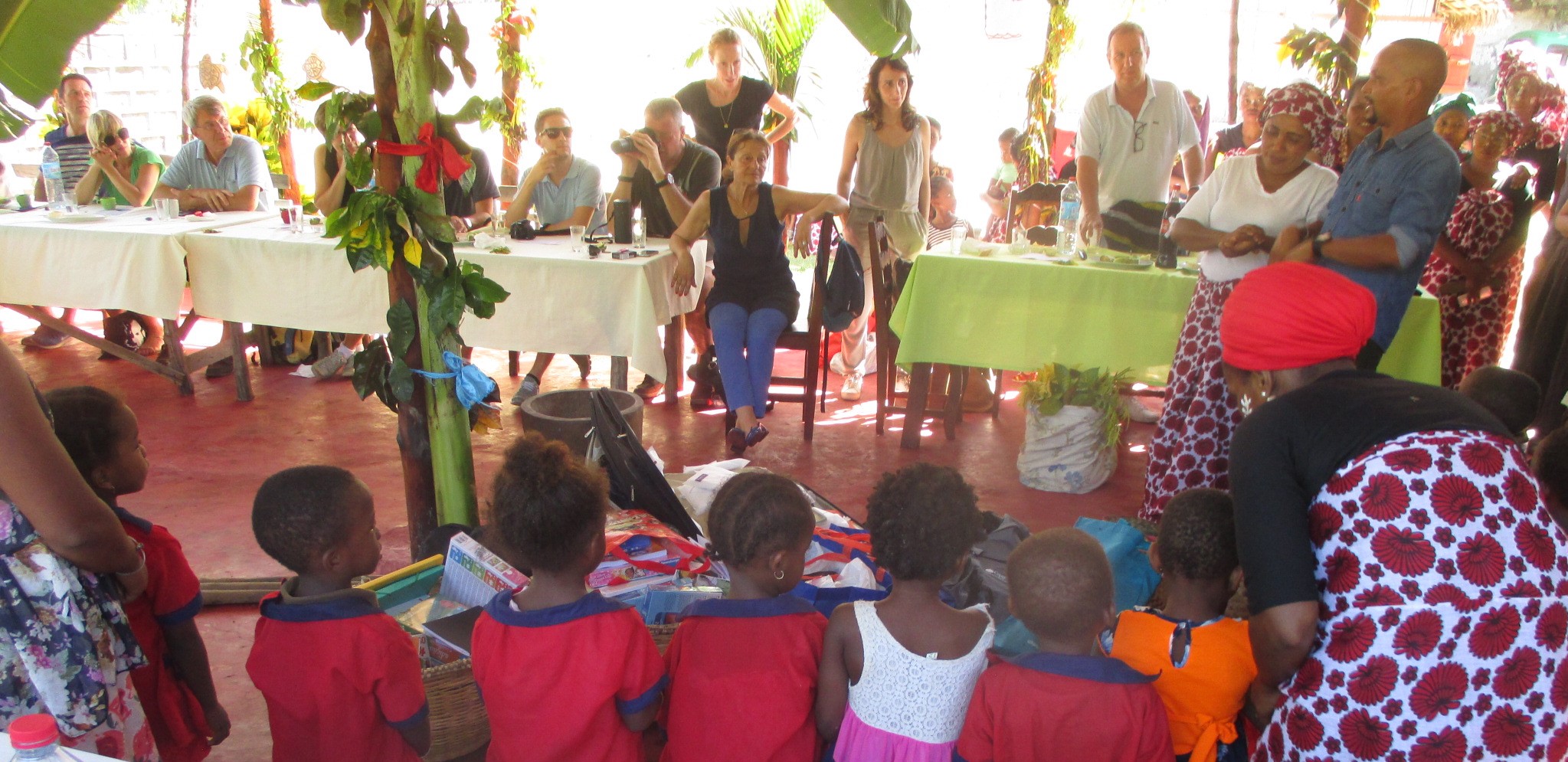From 2 to 12 persons.
![]()
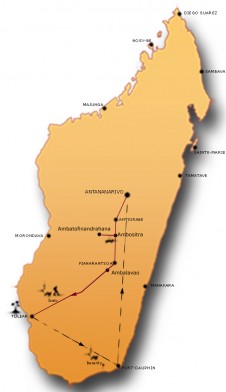
Madagascar has a botanical heritage of unparalleled richness; it is in itself a true biodiversity concentration!
Aloes, Didieracea, Euphorbias, Kalanchoe… 95% of succulent species are endemic. Very present in the Great South of Madagascar, we also find them in the highlands, along the West Coast up to the Cape of Amber.
Accompanied by a specialist of the Malagasy botany, we go off to explore this exceptional and amazing flora.
We recommend this circuit from mid-September to late October, but it can be done all year long.
Highlights
- The rocky foothills of the Mount Ibity
- The mountain massif of Ambatofinandrahana
- The National Park of Isalo
- The botanical garden of Antsokay
- Berenty Private Reserve
Travel identity card
- Duration : 13 days

 Participant: From 2 persons
Participant: From 2 persons- Guiding: Malagasy botanist guide
- Accommodation: Hotel standard or superior
- Transport: 4×4 or bus or minibus
- Period: mid-September to late October
-
Effort = 1
“Easy”This trip is accessible to all. However, we ask you to be healthy.
It is a journey of discovery and short hikes are scheduled for site visits.
Madagascar is large, the steps in a vehicle can sometimes be a little long. -
Confort = 4
“Standard”All nights are in hotels. The accommodations and/or the hotel are good categories and equivalent to 2 or 3 stars international standards.
Dinner in restaurant, lunch at the restaurant and / or picnic.
Travel take place in comfortable vehicle on roads and/or on relatively good tracks.
Day 1: Antananarivo > Antsirabe
We depart to the south. Right out of Antananarivo, rice fields and characteristic villages of the Highlands draw the landscape. Arrival in the afternoon in Antsirabe. We take the time of a visit of the city and if you are tempted, by a ride in a rickshaw, the mode of locomotion of the people in Antsirabe.
- Duration: +/- 4 h
- Distance: 170 km
Day 2: The flora of Mount Ibity
 Breakfast and departure to Mount Ibity, which culminates at 2555 meters of altitude. The beauty of the flora is the first attraction of this great massive of quartzite. Indeed 70% of the vegetation of this site is endemic. This mountain is very rich in succulent; the most typical are undoubtedly its Pachypodium and Kalanchoe. There are also several species of orchids there.
Breakfast and departure to Mount Ibity, which culminates at 2555 meters of altitude. The beauty of the flora is the first attraction of this great massive of quartzite. Indeed 70% of the vegetation of this site is endemic. This mountain is very rich in succulent; the most typical are undoubtedly its Pachypodium and Kalanchoe. There are also several species of orchids there.
Botanical Info: Aloes (capitata, laeta, trachyticola), Groundsel (S. quartziticola, S. caniculoides) Kalanchoe integrifolia, Pachypodium brevica
- Duration: Full day
- We organise your picnic lunch
Day 3: Ibity > Ambatofinandrahana
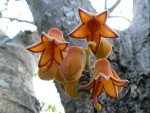 Breakfast at the hotel and continuation southward. Along the way, we make a stop at the forest of Tapia, small trees of the family of Euphorbiaceae (Uapaca bojeri), which form a thinned out forest under which we can find Aloe ibitiensis.
Breakfast at the hotel and continuation southward. Along the way, we make a stop at the forest of Tapia, small trees of the family of Euphorbiaceae (Uapaca bojeri), which form a thinned out forest under which we can find Aloe ibitiensis.
If you wish, we stroll a little in Ambositra with the visit of the workshops of craftsmen and sculptors Zafimaniry.
In the village of Ivato, we turn to the west and set off to Ambatofinandrahana. Arrival at the end of the day.
Botanical info: Aloe conifera, Aloe ibitiensis, Kalanchoe tomentosa, Pachypodium densiflorum and some orchids of which Angraecum sororium
- Duration: +/- 4 h
- Distance: 185 km
- We organise your picnic lunch
Day 4: Ambatofinandrahana
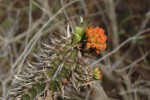 We leave for exploration through the massif of quartzite and marble of Ambatofinandrahana. This very beautiful mountainous region, with in background the massif of Itremo, with altitudes ranging between 1300 and 2200m, is a true open-air botanical garden where we discover at each step a new plant curiosity! This protected area is home to 16 species of aloe, euphorbia, Kalanchoe and also orchids. We cross numerous villages during our hike, some moments of exchanges with an always welcoming population.
We leave for exploration through the massif of quartzite and marble of Ambatofinandrahana. This very beautiful mountainous region, with in background the massif of Itremo, with altitudes ranging between 1300 and 2200m, is a true open-air botanical garden where we discover at each step a new plant curiosity! This protected area is home to 16 species of aloe, euphorbia, Kalanchoe and also orchids. We cross numerous villages during our hike, some moments of exchanges with an always welcoming population.
Botanical info: Aloe (A.capitata var.cipolinicola, A.droseroides A.inexpectata and A.calcairophylla, A.parallelifolia), Euphorbia (E.stenoclada ssp.ambatofinandra, E.alluaudii and E.enterophora ssp.crassa), Kalanchoe tomentosa, Orchids (Jumellea, Oeceoclades, Eulophia)
- Duration: Full day
- We organise your picnic lunch
Day 5: Ambatofinandrahana > Ambalavao
 Breakfast at the hotel and go! Following the N7, we move to the south.
Breakfast at the hotel and go! Following the N7, we move to the south.
We reach Fianarantsoa and we are now in country Betsileo, the ethnic group occupying the southern part of the highlands. At Ambalavao, visit of the craft factory of the paper Antemoro. This plant paper from the bark of the mulberry tree Avoha was introduced in Madagascar in the fifteenth century by the Arabs and is made even today on the same process by this small workshop of Ambalavao.
- Duration: +/- 6h
- Distance: 270 km
Day 6: Ambalavao > Ranohira
 After the breakfast, we leave on the RN7. We stop to visit the small reserve of Anja. Our stroll begins in a dry forest where we shall meet very certainly our friend’s makis (Lemurs catta). The site is rather rich in succulent and offers a beautiful panorama on the country Betsileo.
After the breakfast, we leave on the RN7. We stop to visit the small reserve of Anja. Our stroll begins in a dry forest where we shall meet very certainly our friend’s makis (Lemurs catta). The site is rather rich in succulent and offers a beautiful panorama on the country Betsileo.
We continue our road towards the Massif of Isalo with a stop to Zazafotsy to see the famous rock there, which shelters typical plants. We follow the massif of Horombe and make some stops to discover euphorbias, senecio and pachypodiums. Arrival at the hotel late afternoon.
Botanical info in Anja: Kalanchoe (K. orgyalis, beharensis K., K. synsepala), Euphorbia (E. leucodendron, E. enterophora, E. fianarantsoe, E.didieroides and E.duranii), Aloe (A. macroclada, A. deltoidonta, A. accutissima), Groundsel (Senecio decaryi) and Pachypodium densiflorum.
Botanical info at Zazafotsy: Pachypodium densiflorum, Kalanchoe (K. tubiflora), Aloe (A. capitata, A. deltoideodonta) Stapelianthus, Ficus Megapode, Myrothammus
On the plateau of Horombe: Pachypodium horombense, Catharanthus longiflorus
- Duration: +/- 5h
- Distance: 240 km
Day 7: Visit of Isalo National Park
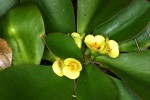 We leave in a quiet hike on the numerous paths of the park. With a small bag on the shoulder, we walk through the amazing scenery made by canyons, pools and rock with magical erosions. The park is a separate ecosystem, it has rupicolous vegetation with many endemic succulent: Aloe, Euphorbia, Pachypodium, Kalanchoe … We find also the famous Madagascar periwinkle (Catharanthus roseus) without forgetting the majestic palm trees (Bismarkia nobilis) which populate the wide areas of savannah. It is also home to many lemurs such as Maki (Lemur Catta), Mouse Lemur or Lepilemur.
We leave in a quiet hike on the numerous paths of the park. With a small bag on the shoulder, we walk through the amazing scenery made by canyons, pools and rock with magical erosions. The park is a separate ecosystem, it has rupicolous vegetation with many endemic succulent: Aloe, Euphorbia, Pachypodium, Kalanchoe … We find also the famous Madagascar periwinkle (Catharanthus roseus) without forgetting the majestic palm trees (Bismarkia nobilis) which populate the wide areas of savannah. It is also home to many lemurs such as Maki (Lemur Catta), Mouse Lemur or Lepilemur.
Botanical info: Aloe (Aloe isaloensis Bismarkia, A.imalotensis), Euphorbia (E.subapoda and E. isaloensis), Kalanchoe, Pachypodium rosulatum var.gracilis, Adenia isaloensis, Ceropegia dimorpha, Asteropeia micraster
- Duration: Full day
- We organise your picnic lunch
Day 8: Ranohira > Tulear
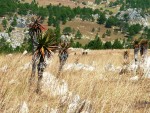 We continue our progress towards the southwest and the coast. We start to explore the Arboretum of Antsokay which has a collection of more than 900 species of plants of south-western Madagascar, 90% are endemic to the region. Of these, many varieties of succulents, including some endangered. This visit allows us to appreciate the diversity of unique flora in the world that has adapted under – sometimes – extraordinary aspects, to the climatic rigors of the country.
We continue our progress towards the southwest and the coast. We start to explore the Arboretum of Antsokay which has a collection of more than 900 species of plants of south-western Madagascar, 90% are endemic to the region. Of these, many varieties of succulents, including some endangered. This visit allows us to appreciate the diversity of unique flora in the world that has adapted under – sometimes – extraordinary aspects, to the climatic rigors of the country.
Botanical information Euphorbia kamponi, Aloe vaombe, Aloe viguieri, Alluaudia procera, Pachypodium geayi, Kalanchoe grandidieri…
- Duration: +/- 6h
- Distance: 280 km
Day 9: Bay of Saint Augustin
 We start with a walk in the park of the Arboretum by the path of Table Mountain. It allows us to see some medicinal plants and its summit offers a 360° view on the coast and the hinterland.
We start with a walk in the park of the Arboretum by the path of Table Mountain. It allows us to see some medicinal plants and its summit offers a 360° view on the coast and the hinterland.
We continue our journey by directing us towards the Bay of Saint Augustin. Here, we are in the land of Vezo fishermen and the road winds in a typical bush landscape of the South. The trail offers magnificent views over the lagoon and the bay. Sarodrano village where there are many small caves and underground lakes offers some Moringa specimens in a xerophilous thicket. On the peninsula of the same name, stroll through the mangrove and meetings with local fishermen.
Botanical Info Bay of Saint Augustin : Kalanchoe linearifolia (climbing), Kalanchoe grandidieri, Euphorbia tulearensis, Aloes antandroi. Some species of succulents and xerophytes are only meet on this site and nowhere else: Aloe descoingsii (the smallest aloe of Madagascar) Operculicarya pachypus, Delonix pumilla, Poupartia minor, Megistostegium nodulosum
- Duration: Full day
- Distance: 40 Km
Day 10: Tulear > Fort Dauphin > Berenty
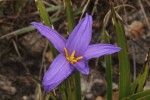 Breakfast at the hotel and transfer to Tulear airport.
Breakfast at the hotel and transfer to Tulear airport.
Welcome by your guide in Fort Dauphin Airport (Tolagnaro). We take the road to Berenty Reserve and leave the green and watered area of the Antanosy, to find ourselves abruptly in the Androy, the country of Thorns.
We cross the valley of Mandrare and its sisal plantations to arrive at the Berenty Reserve.
Along the way, you can admire many species of thorny: Aloe, Euphorbiacae, Pachypodium, Didierace, Baobab trees, as well as the endemic palm trihedral and the Nepenthes which is a carnivorous plant.
NB: The program might change depending on the flight schedule
- Duration: +/- 3h
- Distance: 85 km
Day 11 and 12: Berenty Reserve
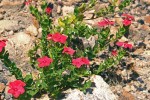 2 days of exploration in Berenty which extends over a 240 hectare surface and is characterized by its great plant and animal variety. The reserve, bounded in the North by the river Mandrare, includes a thorny forest and two forest galleries which shelter an incredible plant biodiversity. Throughout your exploration, you can find a multitude of endemic species such as the famous baobab Adansonia Za, symbolic of Madagascar, or the Alluaudia Procera, similar to a cactus.
2 days of exploration in Berenty which extends over a 240 hectare surface and is characterized by its great plant and animal variety. The reserve, bounded in the North by the river Mandrare, includes a thorny forest and two forest galleries which shelter an incredible plant biodiversity. Throughout your exploration, you can find a multitude of endemic species such as the famous baobab Adansonia Za, symbolic of Madagascar, or the Alluaudia Procera, similar to a cactus.
Four families of lemurs also share this small protected territory, the famous Sifaka, the Maki, the mouse lemur and the Lemur Fulvus. The reserve also shelters a big variety of birds, reptiles (tortoises, chameleons…), amphibians, butterflies and bat.
Botanical Info: Aloe (A. procera, A. vaombe, A. dumosa A. divaricata), Euphorbia (E. oncoclada, E. previlleana, E. prostata), Pachypodium geayi, Didierea trollii, Maerua filiformis
Other species: Adenia Ambonguense (Passifloraceae), Cynanchum perrieri (Asclepiadaceae) Delonix adansonoïdes (Caesalpiniaceae) Mimosa delicatula (Mimosaceae) Hymenodyctium decaryanum (Rubiaceae), Plumbago aphylla (Amaranthaceae) Rhopalocarpus lucidus, Uncarna stellulifera (Pedaliaceae), Zanthxylum, Stapelianthus…
- Duration: Two full days
Day 13: Berenty > Fort Dauphin > Tana
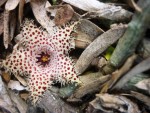 Morning at leisure and transfer to the airport organized by the hotel.
Morning at leisure and transfer to the airport organized by the hotel.
Flight to Antananarivo.
NB: The program might change depending on the flight schedule
Include:
- A botanist guide during the travel,
- A driver and a vehicle during the travel,
- Accommodation according your choice,
- National park and specified sites fees,
- Park guides,
- All transfers.
Not include:
- International and domestic flights,
- Tips and drinks,
- Personal insurances,
- The visa: +/- 35 €
RESERVATION – CONFIRMATION
Reservation: Please use the form below to book your trip or change this itinerary. We will respond within 24 hours.
Confirmation: It will be effective upon receipt of the completed registration form that we will send you, as well as a deposit of 30% of the total amount of the price of the travel.
Confirm a trip with SENSE OF OCEANS MADAGASCAR involves having read and accepted the Terms and Conditions.
The general sales terms and conditions can be found here : Terms & conditions
Request Quote
To prepare for your trip, we invite you to read our NEED TO KNOW section




